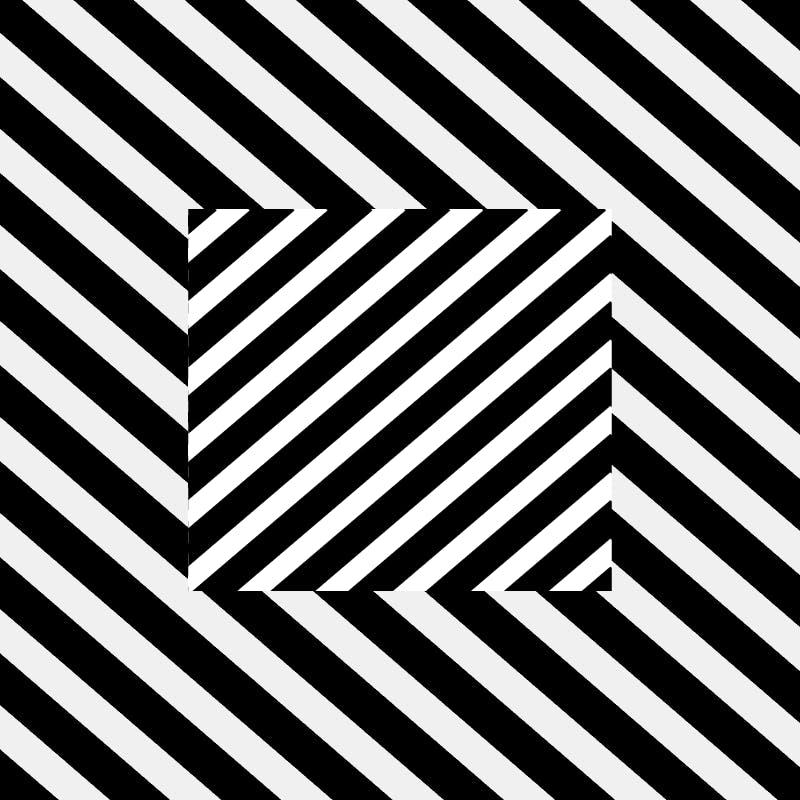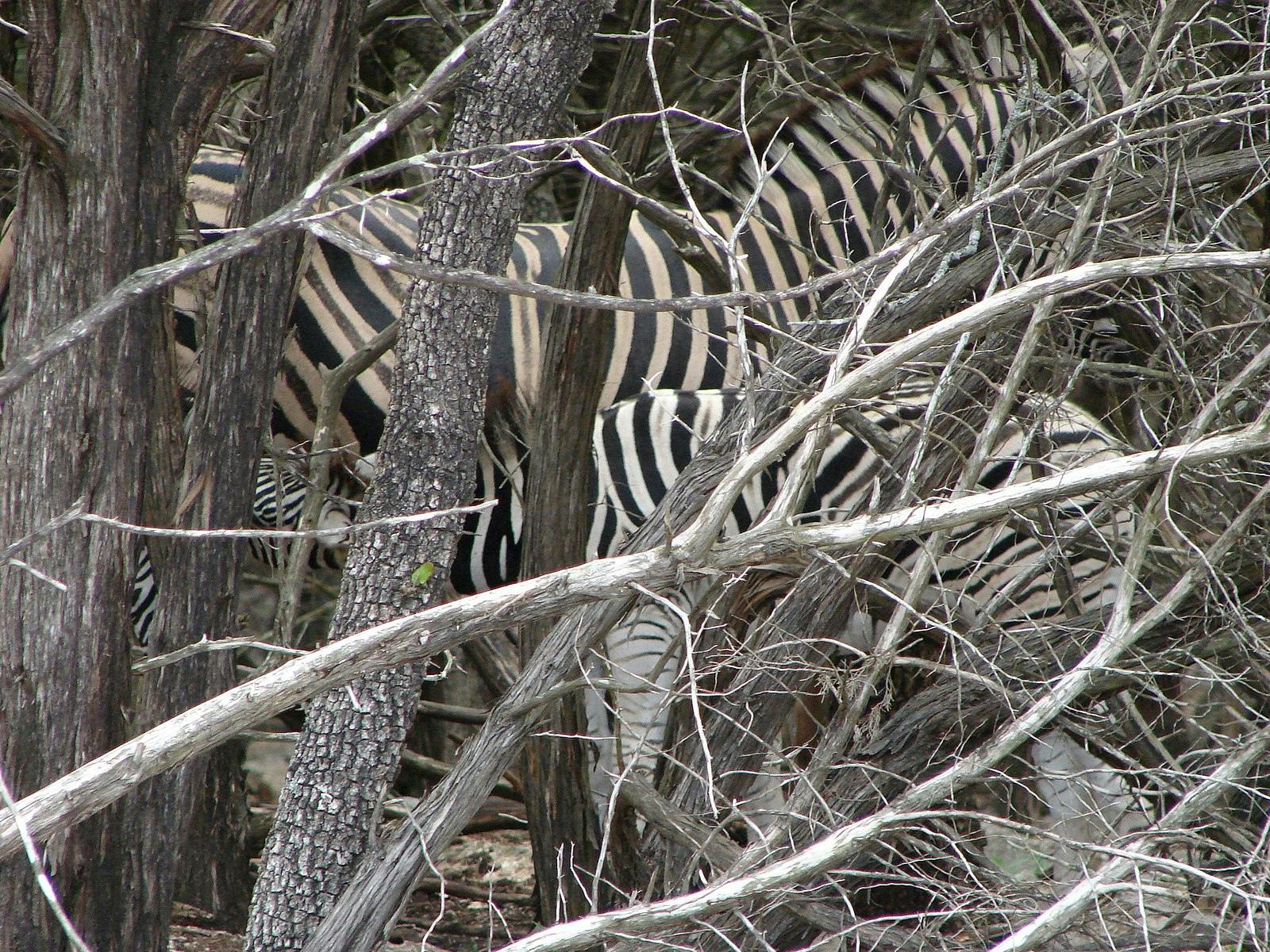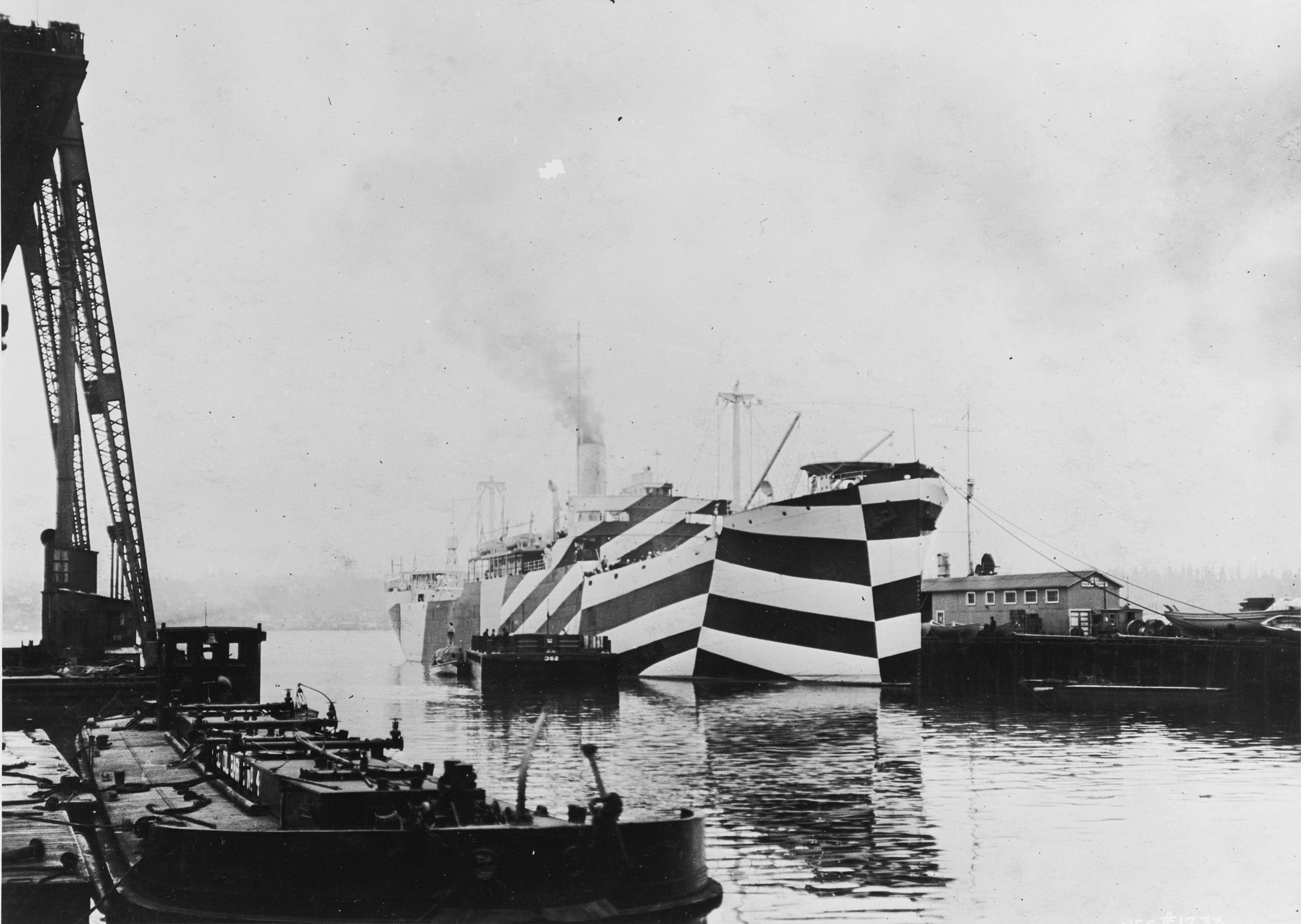On November 11, 2021, I wrote the following note:
"fx(hash) is a platform for minting generative tokens on the blockchain. It looks similar to Art Blocks. And Frederik Vanhoutte is making moves."
That was the same week I was also finally figuring out how to buy cryptocurrency.
Later, I wrote:
"Managed to buy 16 tez on Coinbase because I wanted to mint one of Frederik Vanhoutte's 'Chromatic dazzle' on fxhash (for just 1 tez) and have some cash tez, but now fxhash is down."
Those few words are the perfect encapsulation of my discovery of fxhash.

Chromatic dazzle #429
Having had little time for generative art during the COVID-19 lockdowns, I'd only entered the NFT space in September 2021, created a Tezos wallet in October 2021, and started collecting and minting on hic et nunc a few weeks later.
By the time I did discover fxhash on that evening in November, about half the Chromatic dazzles had already been minted. But fortunately for me, minting was also temporarily disabled due to overload on the platform. Before I knew it, I had stayed up into the early hours of the next morning, downloading Discord and joining the fxhash server to find out when the site would reopen.
Finally, in the early morning the next day, the team announced that minting would resume at 11:00 am on November 13. I decided to catch some sleep and made sure I was at the computer in time to mint my first set of fxhash pieces: three Chromatic dazzles, a Smolskull, and a few others that had caught my eye.
I immediately loved the Chromatic dazzles for their simple but effective concept, clean and tasteful execution, and visual style—which remains distinct both from Frederik Vanhoutte's other work before and since, and from any other piece on fxhash to this day.
The dazzle pattern is an ingenious natural invention. Zebras, for instance, famously confuse their predators by moving amongst each other to create an ever-shifting pattern of stripes.

Zebras, via Wikimedia Commons
Humans have mimicked the concept to camouflage war ships, and it has also found its way into the arts. Chromatic dazzle nods gently towards the Op Art aesthetic—a movement deeply concerned with the process of seeing.
When the viewer lets a dazzle run, there's a moment of surprise: in a slight perspectival shift, the two-dimensional pattern is revealed to actually be a three-dimensional cube which is suddenly being dissected along ever-more planes. The resulting slices rotate against each other. Maybe it's the dazzle ship-camouflage association that reminds me of rotating tanks?

USS West Mahomet in dazzle camouflage circa 1918, via Wikimedia Commons.
Chromatic dazzles also transfixed early fxhash collectors in another unintended way: due to the way that the platform originally generated thumbnail images, the preview images showed nothing of the colorful delights inside, and many early collectors mistook the piece for a mere still image of striped squares on striped backgrounds.

Chromatic dazzle #429, fully unfolded
Once a dazzle has finished unfolding, it starts to work backwards and reassemble itself into a cube. It's oddly satisfying – in the fully-online sense of the phrase – to anticipate the dazzle’s final state and to experience the moment when it clicks perfectly back into place like a Rubik's Cube. Chromatic dazzles are loops, but are too complex and too multidimensional to really anticipate until you have observed them many times.
With its complex shapes emerging from a simple principle, its effective color choices, and its puzzle-like nature, Chromatic dazzle is a pure delight. Plus, this project will always remind me of the thrill of first discovering the fxhash platform and the vibrant community emerging around it.